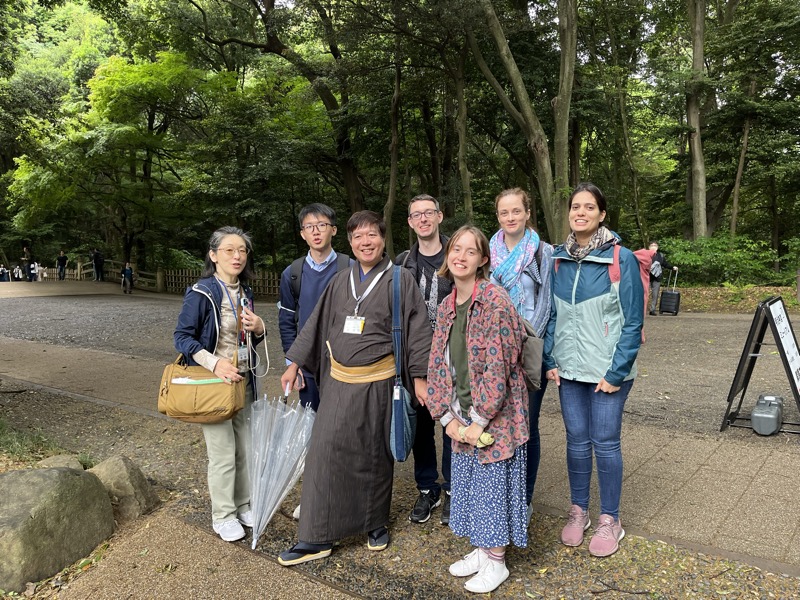Thank you for joining the tour. On that day, the weather was cloudy with light rain.
We hosted 11 guests from Germany, Singapore, U.K. Switzerland, Italy and USA. Even though the weather was not welcoming us, it was a joyful moment for us to see and learn new things at the Shrine.

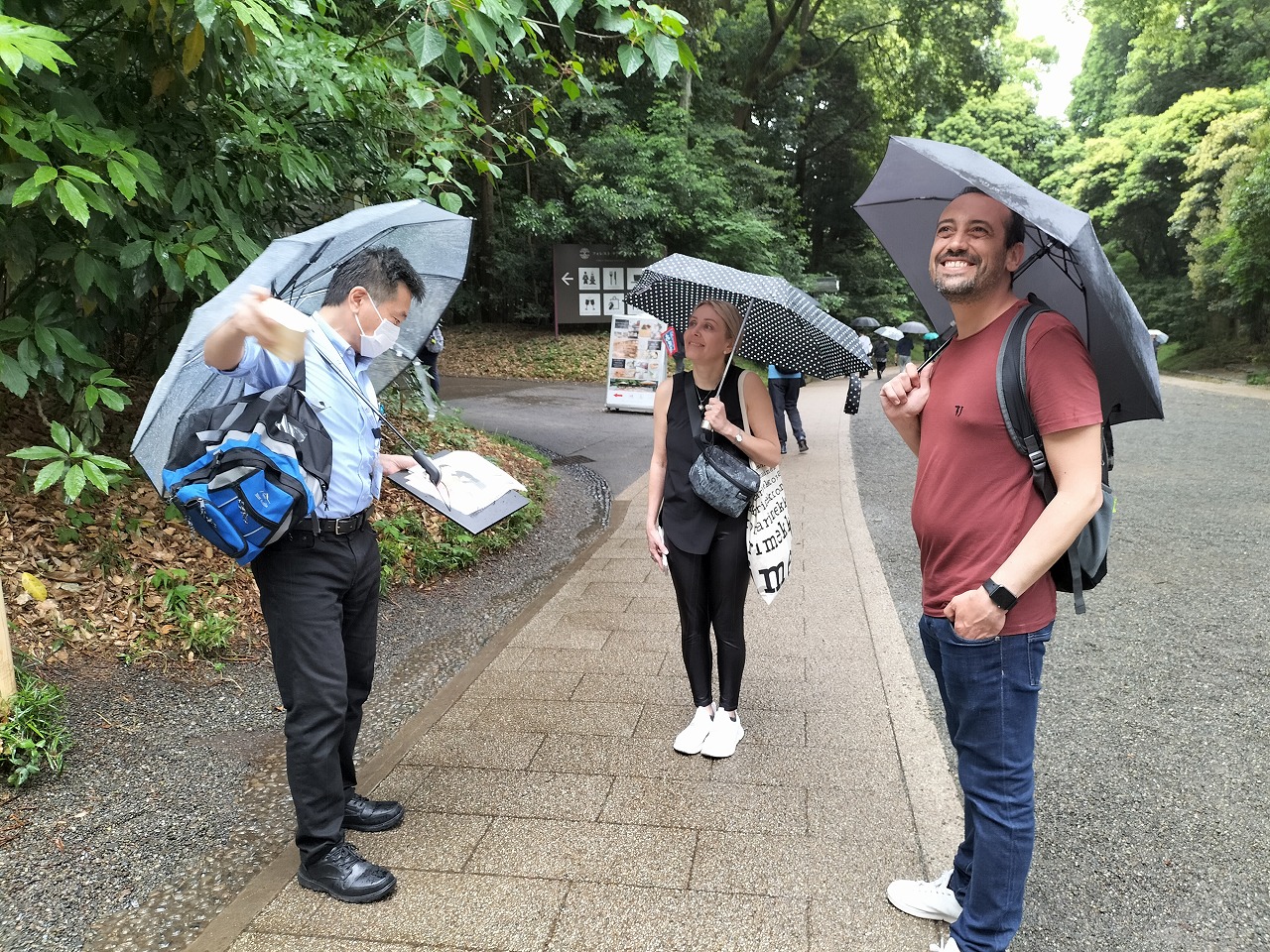

As promised, group photos and snapshots are posted on this post for the remembrance of the tour.
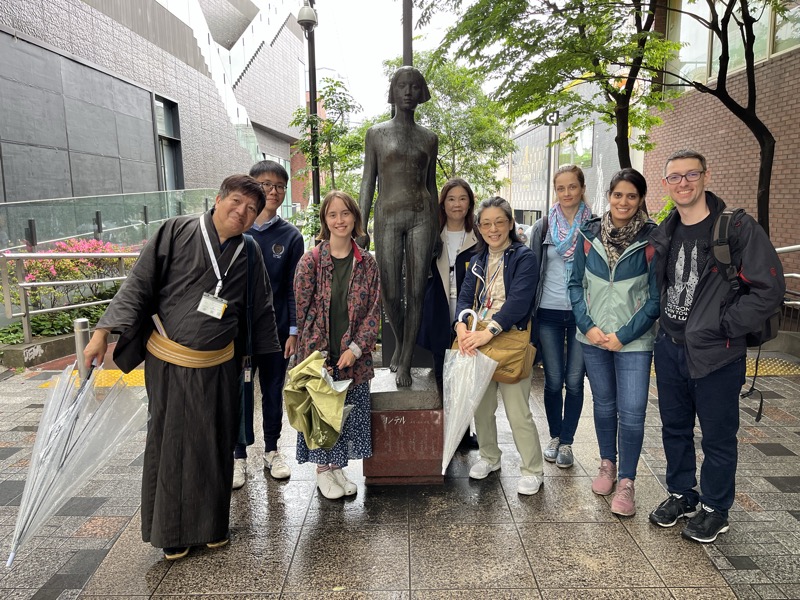
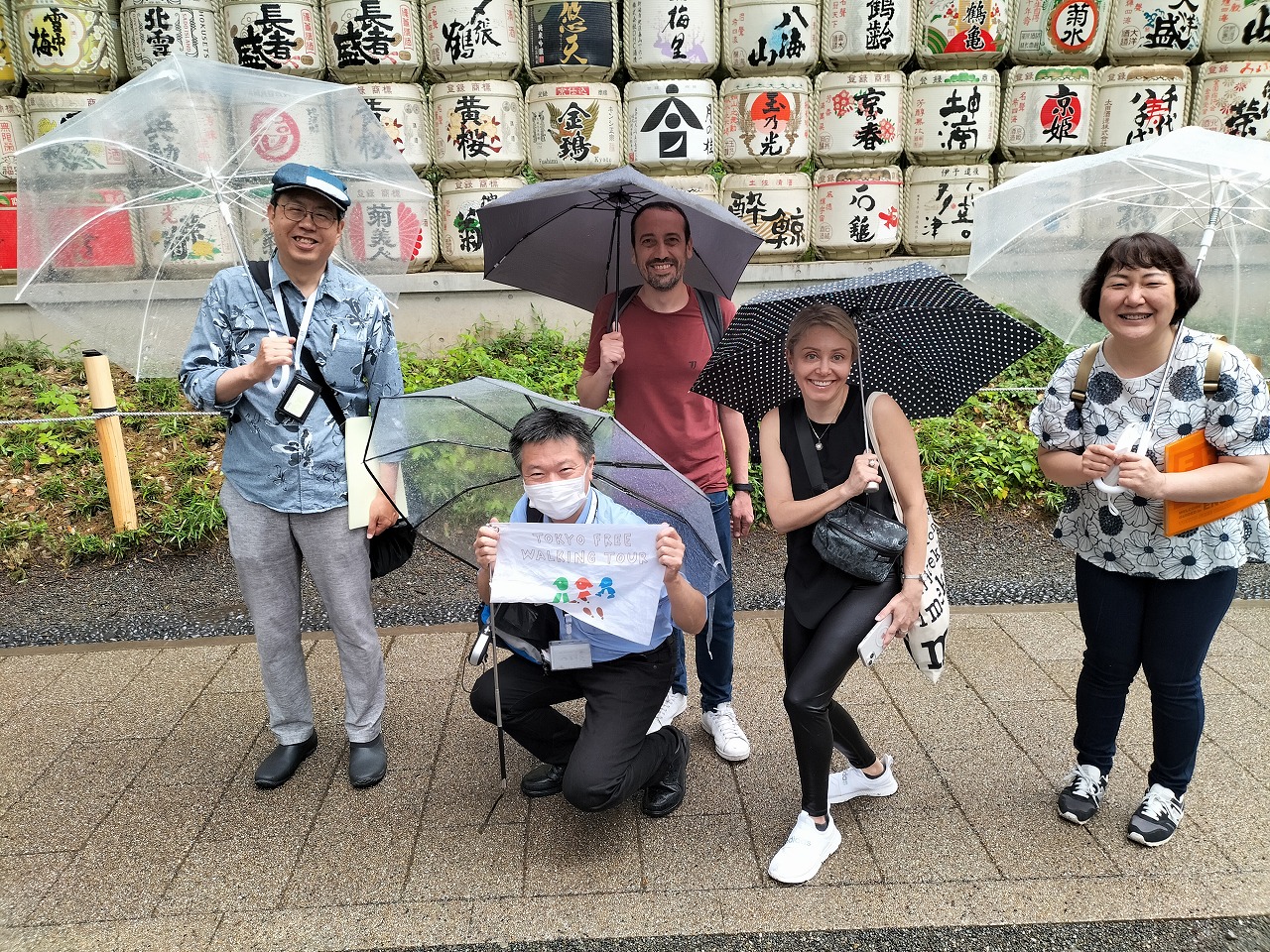
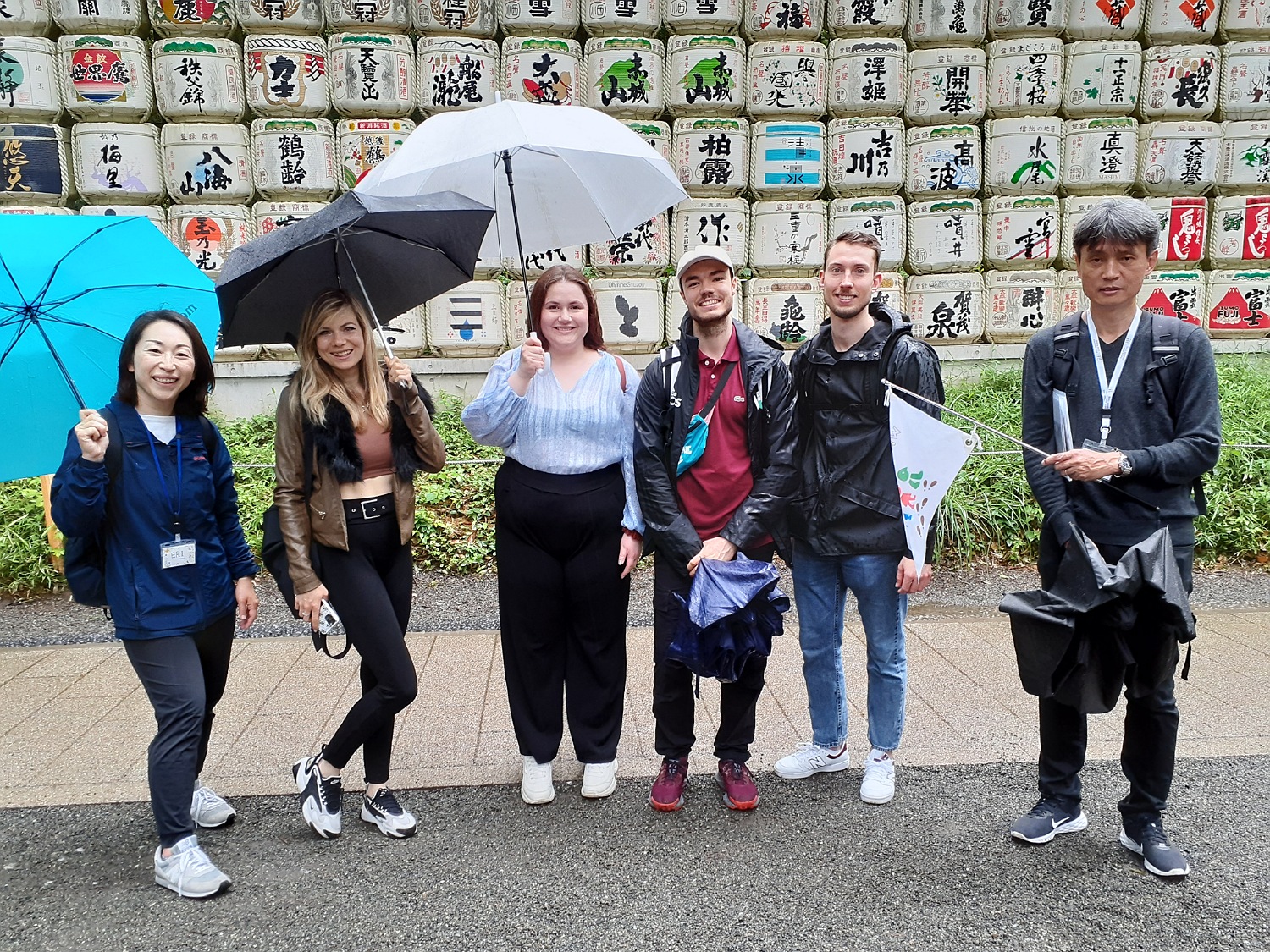
Meiji refers to the Meiji Emperor enshrined and worshipped at the shrine. Jingu refers to the privileged title given to the Shinto shrines that enshrines the imperial figures. There are tens of shrines with Jingu title in Japan. Most notable one is in Ise-city, Mie prefecture, which enshrines Amaterasu Goddess, who created the nation of Japan, commonly known as ISE-JINGU. The official name is JINGU since it was the very first Jingu shrine.
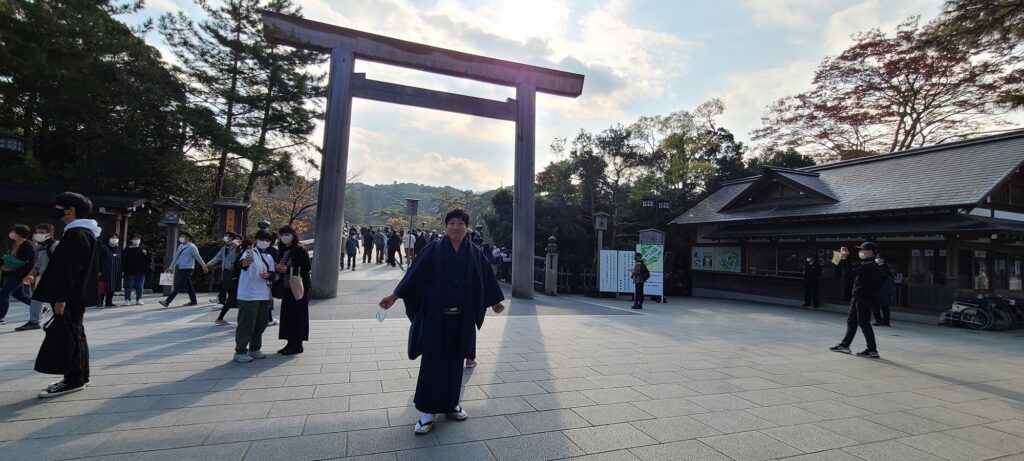
Another notable one is Heian Jingu in Kyoto that enshrines and worships Emperor Kanmu who reined between 781 and 806, together with Emperor Komei who reigned between 1846 and 1867, and was the last emperor among those who had resided in Kyoto before Meiji Emperor was crowned and started to reside in Tokyo as Japan’s capital was changed.
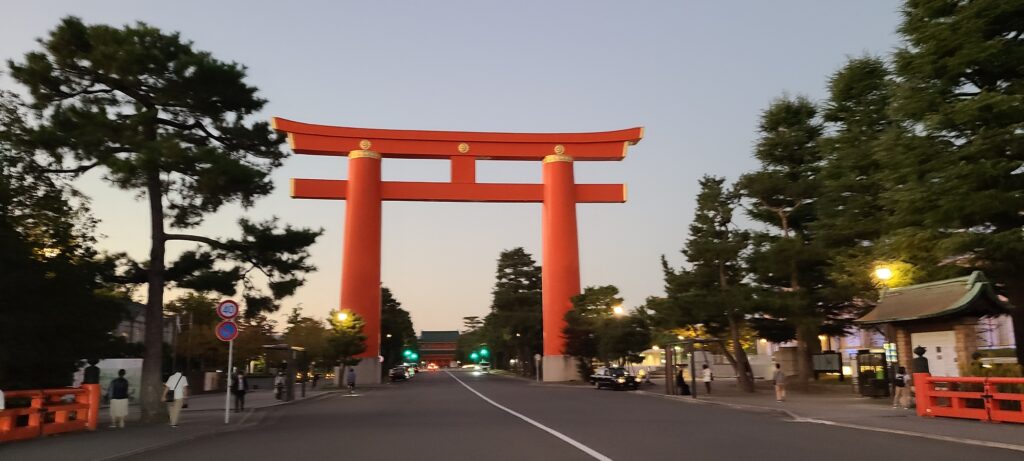
Although Meiji Jingu was established in 1920, relatively new one among Shinto shrines in Japan, it was one of the most privileged.

In the shrine premise, our guests could view a traditional wedding ceremony. A Japanese couple wearing traditional wedding costumes was seen.
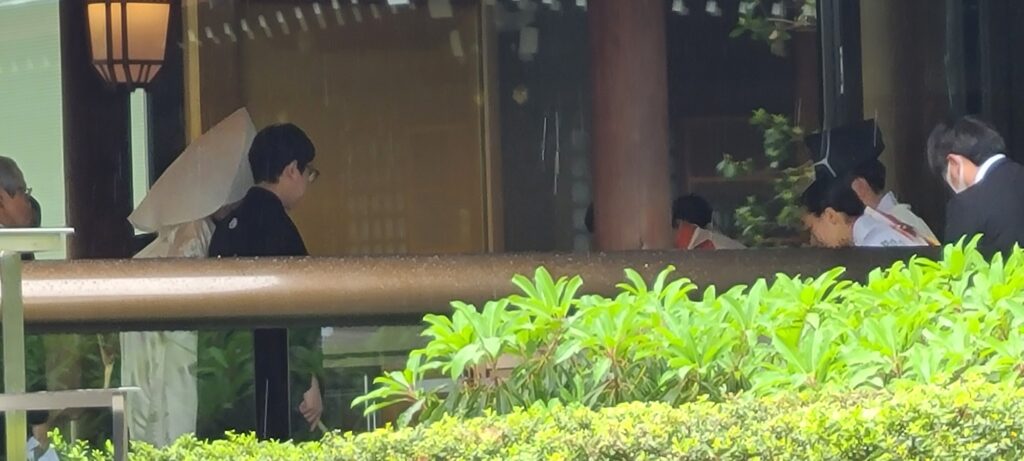
Though it is a very Japanese tradition, many international couples were wedded there. But sorry, at present, the same sex couples are not admitted. Japan does not legalize the same sex marriage though Tokyo city and other municipals provide partnership status for such couples. Opinion polls conducted by the mainstream media reveal majority of Japanese citizens approve of the same sex marriage legalization. Last month on the main street to the shrine, Omotesando, a pride parade for LGBTQ was held. So in the near future, things might change.
The area around Omotesando is Harajuku town which is part of the tour course after the shrine. It is a vey modern and fashionable district, that can be seen as a good contrast with the shrine.
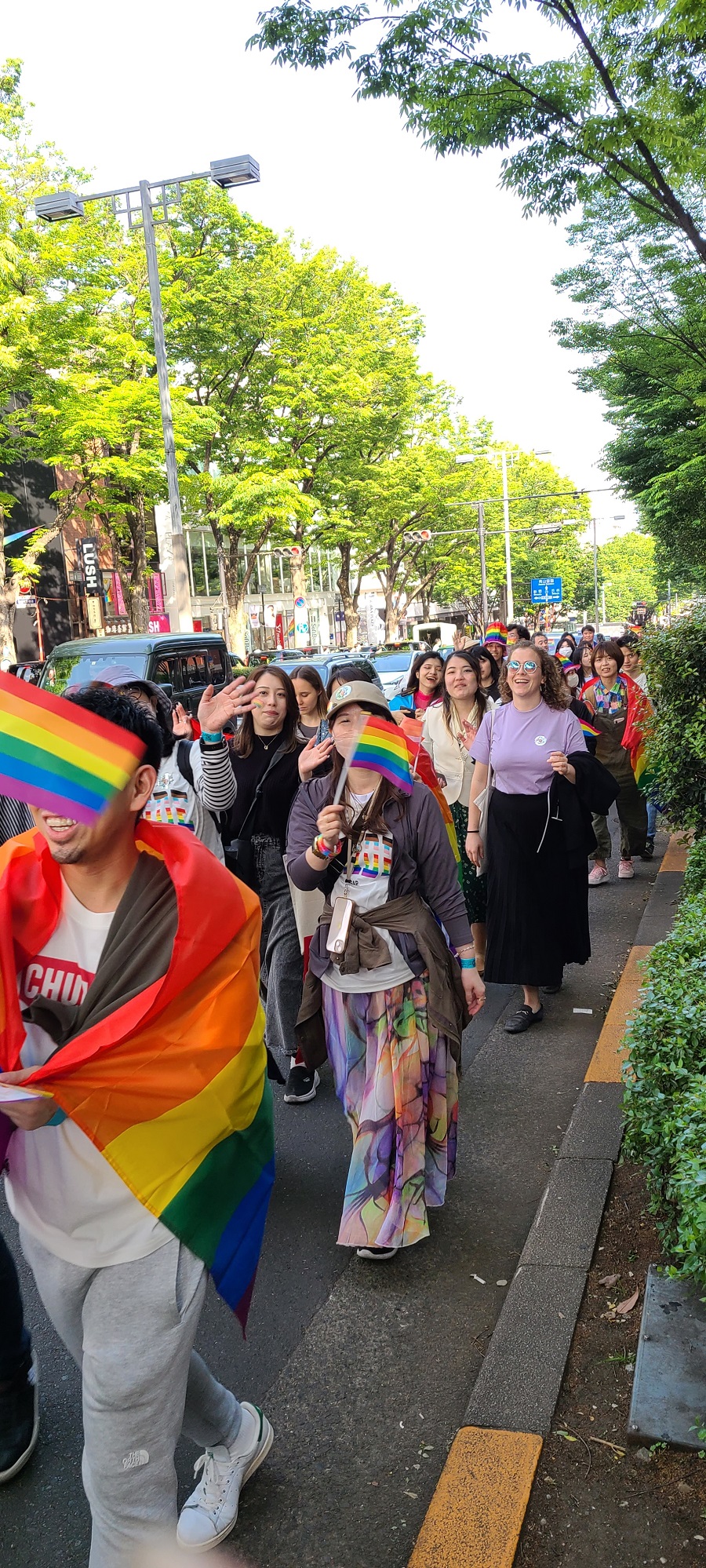
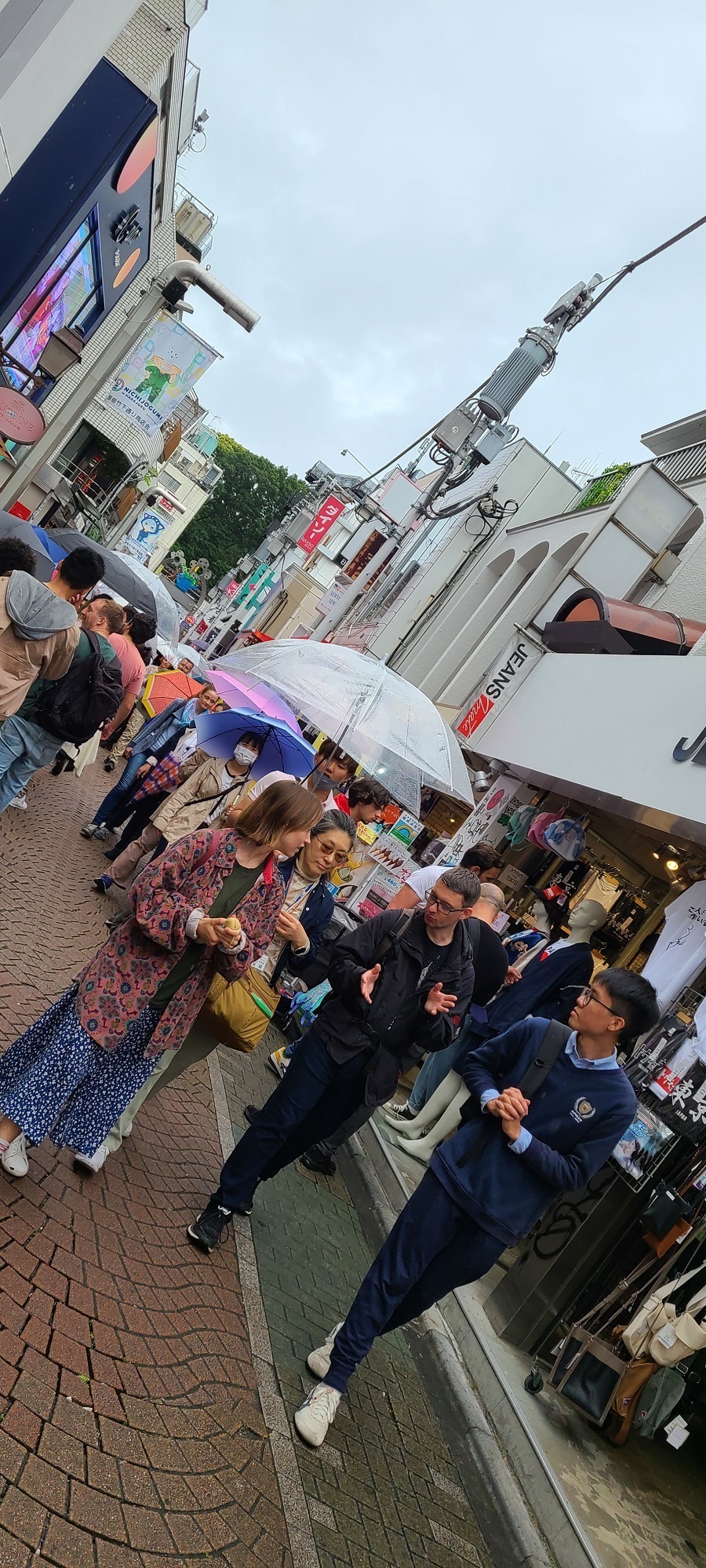
Speaking of change, Meiji Emperor contributed to a big “Change” in Japan. That is why he was enshrined and worshipped. He was crowned in the late 19th century when Japan was eager to modernize the nation to compete with the western nations. He shortcut his hair to look like a western man cutting off long ponytail on the head in order to show the model for all the men in Japan. In those days such western hairstyle was considered to be a prisoners’ hairstyle.
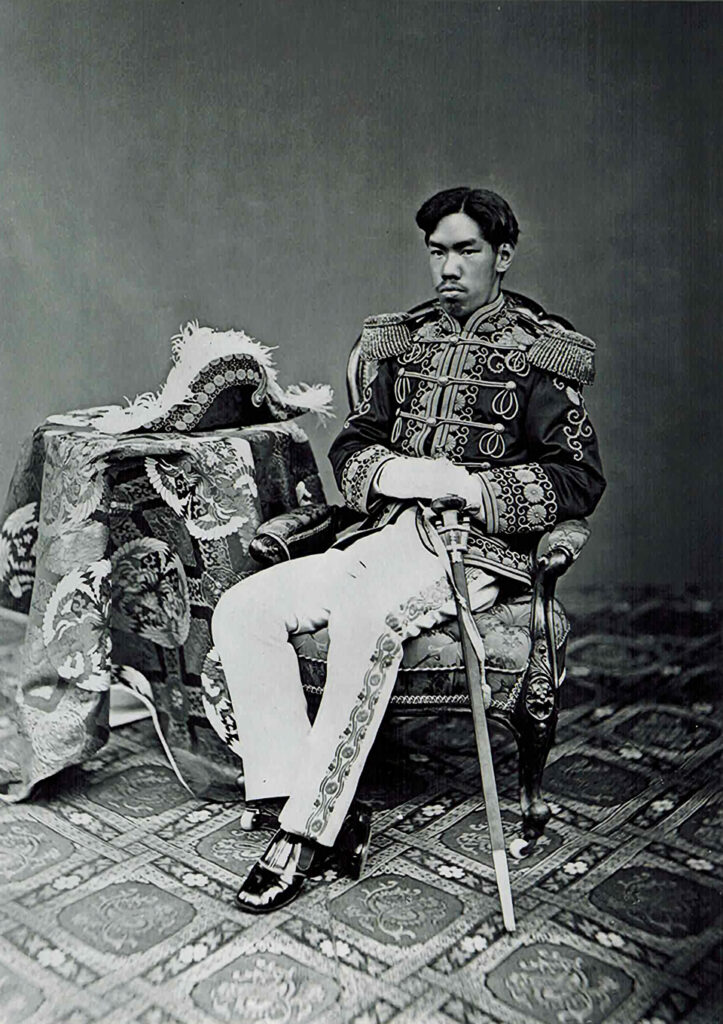
He also started to eat meat like westerners did so that Japanese people could try to be as big as westerners. Before that, meat eating was not very common.
As a symbol of His promotion of westernization, Meiji Jingu Shrine exhibits French wine barrels as gifts to the late Emperor.
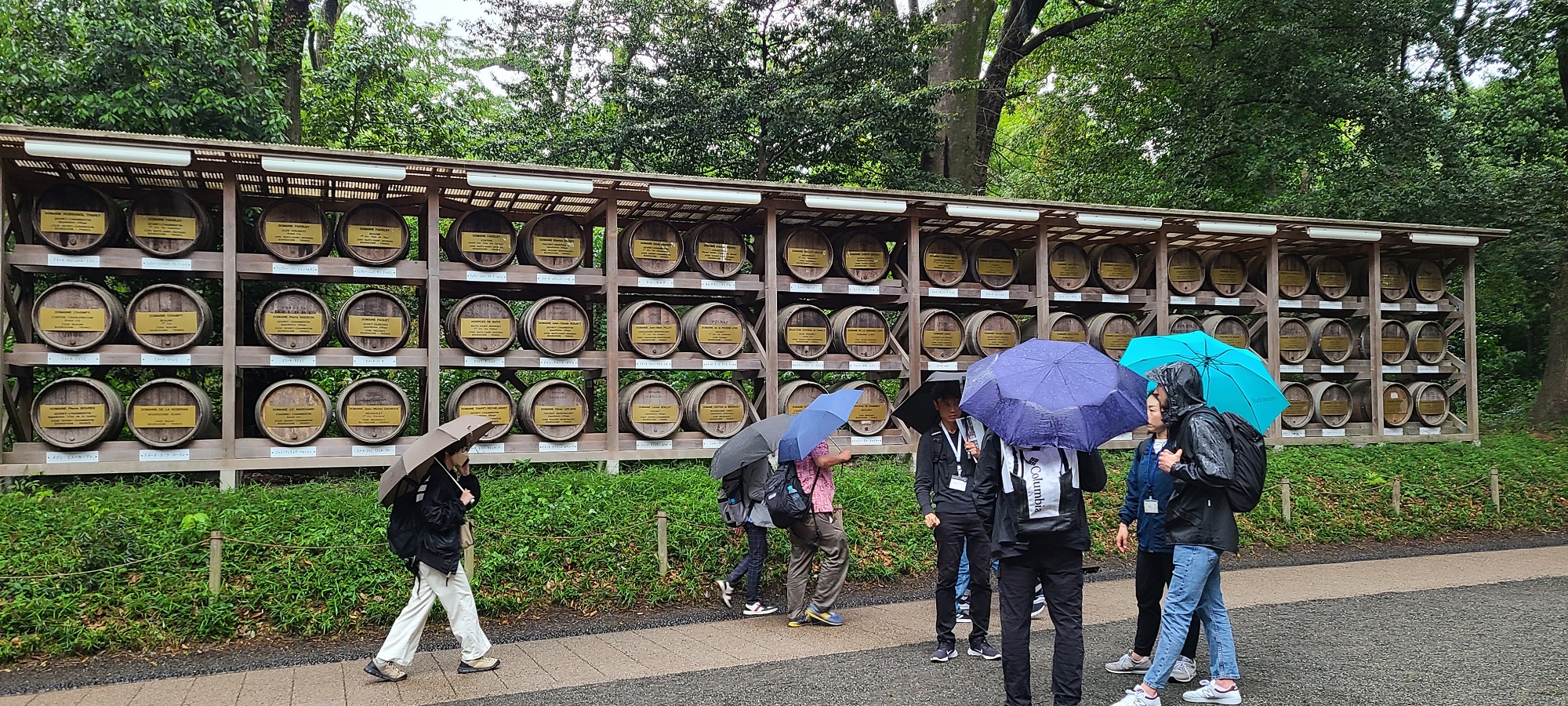
Thanks to Meiji Emperor, Japan could successfully modernize the nation acquiring western lifestyle as well as industrialize the country.
Meiji Jingu Shrine itself also contributed to the Change of Japan in modern time. The shrine owns a few ballparks and grounds in the nearby area. One of them is Jingu Stadium, one of the first large scale baseball stadiums in Japan, established almost a century ago. In the 1930’s American major leaguer, Babe Ruth played there. The stadium is located next to the National Stadium where 2020 Tokyo Olympics was held. Currently it is used as a home ballpark for one of Japan’s pro baseball teams.
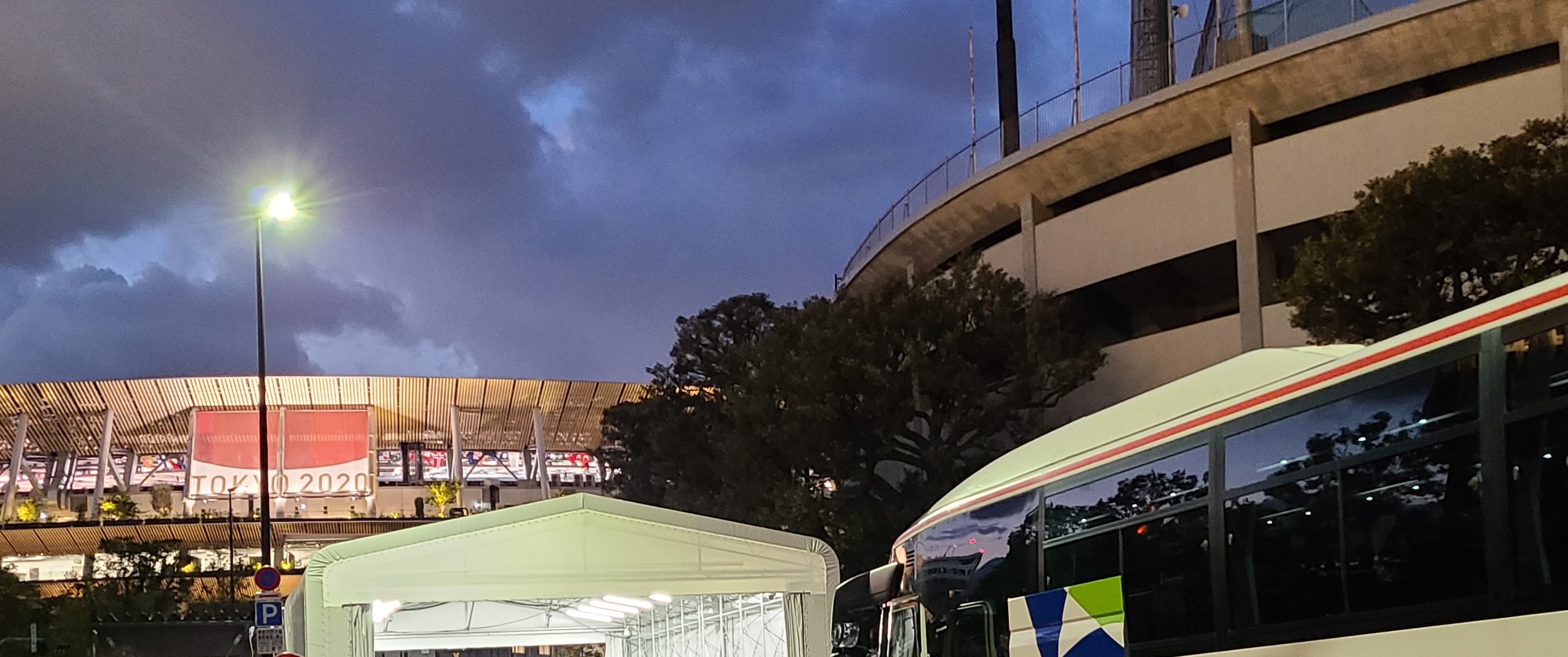
Recently the stadium is under dismantling to relocate and build a brand-new one as a part of the redevelopment project in the area. There has been a civil movement to preserve the stadium as well as landscape of the area due to the historic value of the sites. Some complain too much change happens.
So Meiji Jingu Shrine is a unique place in the sense that both traditionalism and modernism co-exit.
Change for the progress of the nation but Preserve the traditions for the Identity, such two conflicting thoughts have caused a dilemma in modern-time Japan.
Why not join us to learn about Japan’s tradition and modern movement in the tours?
We always strive to give high-quality tours. Your feedback is very important and useful to us. If you have a moment, please consider posting comments about the tour on TripAdvisor / Facebook, etc. Also, please tell your family and friends about us. Next time you’re in Tokyo, please come back in the tour or to join another one of our tours. Once again thank you very much.
For more information about our tour, please visit our website at
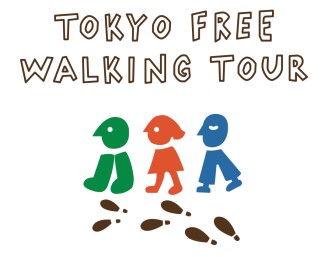

(Posted by Masa)

